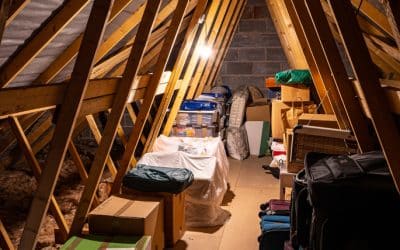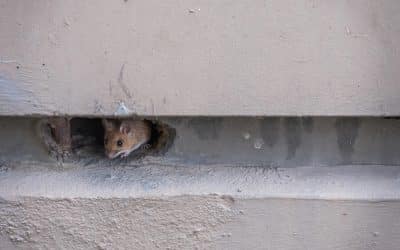
Pest Identification: Sod Webworms
Sod webworms are the larvae of lawn moths and are technically caterpillars. There are more than 20 species of sod webworms that infest turfgrasses across the United States, some of the most common include the bluegrass webworm, the vagabond webworm, the silver striped webworm, and the lawn or larger sod webworm. They restrict their feeding to grasses and most often attack Kentucky bluegrass, perennial ryegrass, fine fescue, bentgrass, and bermudagrass.
Often, the first sign of webworm infestation is small, ragged yellow patches or brown spots in your turf that eventually dies. That’s because these lawn moth larvae live in the root of your lawn and eat the grass leaves, just above the crown. They can quickly kill an entire lawn in a matter of days.
Appearance and Behavior of Sod Webworms
Adult webworms, or lawn months, are smaller than other moths and light gray or tan. The way they hold their wings when at rest makes them very hard to distinguish in your yard.
Depending on the species, the larvae tend to be green, beige, brown, or gray. They are cylinder-shaped, look like caterpillars, and tend to have dark spots on the body. They reach ¾ to 1 inch when grown. They hide in thatch and conceal themselves by webbing together plant debris into silk-lined tunnels or cases.
Sod webworms complete development, pupate, and emerge as adults from mid-May to mid-June. The entire lifecycle from adult to adult usually requires six to eight weeks. Depending on the exact species and the region you live in, several generations may develop in one year.
Caterpillars like the sod webworms feed primarily at night and hide in thatch during the day. Moths are also inactive during the day and are most noticeable in the early evening and can be identified by their zig-zagging flying pattern over the lawn. Sod webworms overwinter as larvae, with some species coiling into their woven silk cases.
What To Do If You Suspect Sod Webworms
If you see sod webworms, little moths flying above your grass at dusk, or brown spots in your lawn and are unsure why, call the professionals at Ford’s Hometown Services at 800.649.9992. Our team will identify and control the problem quickly and provide a plan to ensure your yard is protected from insect damage.

Buzzwords
Give Your House a Winter Check-Up and Keep Pests, Mice, and Wildlife Out
Winter is officially here, and while you’re getting yourself ready for the cold, don’t forget your home needs a little winter prep, too. Think of it like your home’s annual check-up: a quick once-over to make sure everything is in good shape before pests start looking...
How Mice Sneak Into Your Home (And What You Can Do About It)
Your home feels extra cozy in the winter, with warm blankets, soft lighting, and maybe even a fire on chilly nights. But while you’re settling in, mice are out there searching for a warm place to hide. For many Massachusetts homeowners, that means your house is at...
Serving Food, Not Pests: What Restaurants Need to Know
Pests and restaurants don’t mix. When you run a popular food establishment, everyone loves to stop in for a bite. Including unwanted pests. Even a small pest problem can threaten your health inspections, damage your reputation, and cost you customers. At Ford’s...



